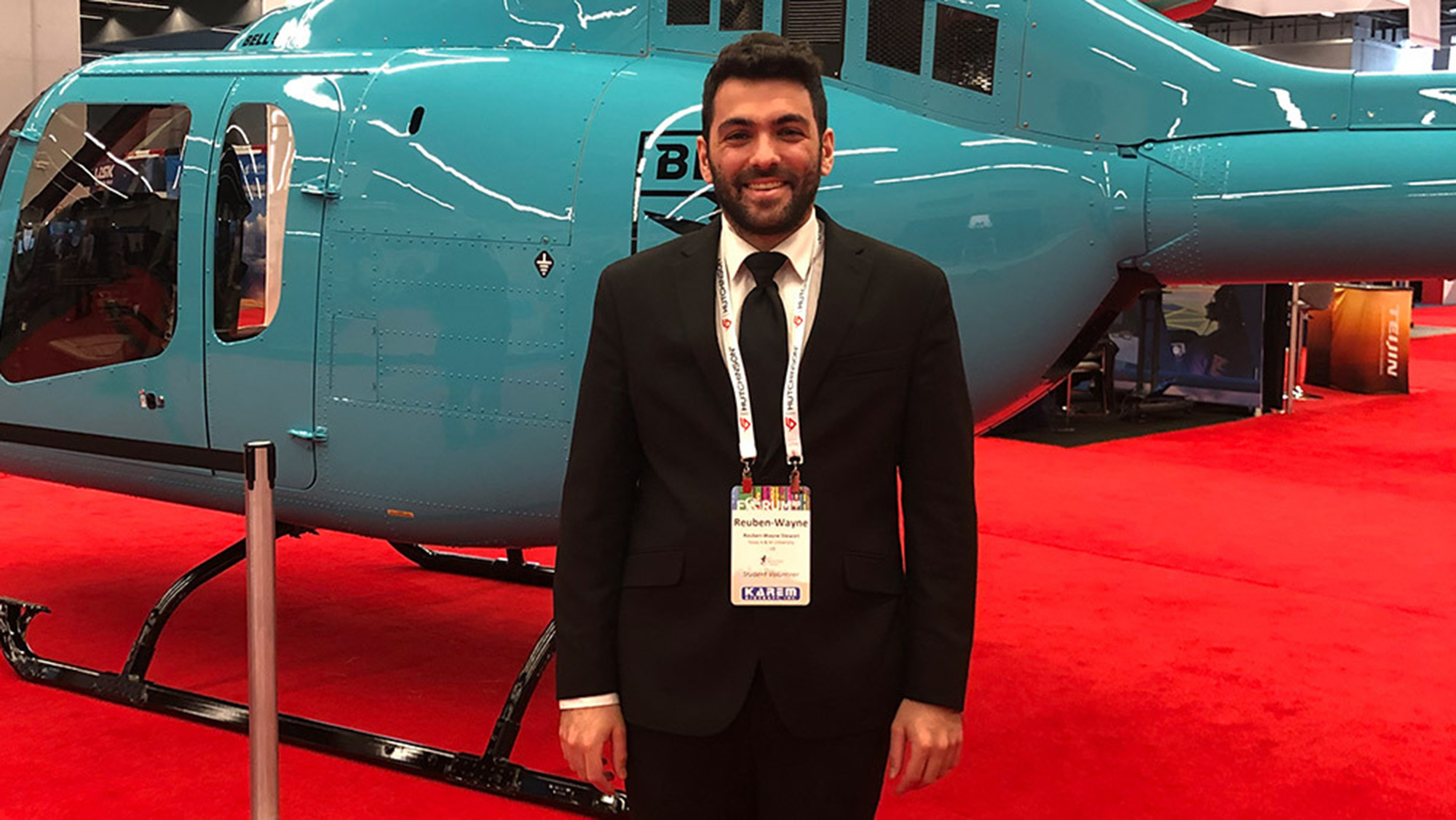
Imagine a drone that not only takes off vertically like a helicopter but also flies smoothly and efficiently like a plane. A group of researchers in the Advanced Vertical Flight Laboratory (AVFL) have been working on a drone with these unique capabilities. They’ve developed a sophisticated computer model to simulate the flight of this drone, known as a tailsitter uncrewed aerial system (UAS).
The tailsitter is designed to be air-launched from another full-size aircraft. It’s equipped with advanced technology that allows it to pivot its engines for better control and has wings that fold up, making it compact enough to be stored inside a launcher. The researchers used data from wind tunnel experiments to make sure their model reflects the real-world physics of how the tailsitter moves and responds to air currents.
Their computer simulations included various maneuvers that the tailsitter might perform, such as transitioning from hovering in place to flying forward, launching from the ground, and even being released from a moving helicopter. This kind of modeling is crucial because it helps engineers understand the complex forces at play during these maneuvers. It also lays the groundwork for creating new control systems to make the tailsitter more stable and easier to handle.
Reuben-Wayne Stewart, Jack Dooher and Dr. Moble Benedict authored a paper on their findings, titled “Nonlinear Flight Dynamics Modeling of an Air-Launched Tailsitter UAS.” Stewart, a second-year doctoral student working with Benedict at AVFL in the Department of Aerospace Engineering at Texas A&M University, presented the paper at the Vertical Flight Society Forum alongside 12 other presenters in their session. The presentation stood out for its innovative contributions to the field of advanced vertical flight technology, earning them the best paper award. This recognition highlights the potential impact their work could have on the future of UAS design and operation.
A video showing the tailsitter being launched from a moving helicopter can be viewed here.